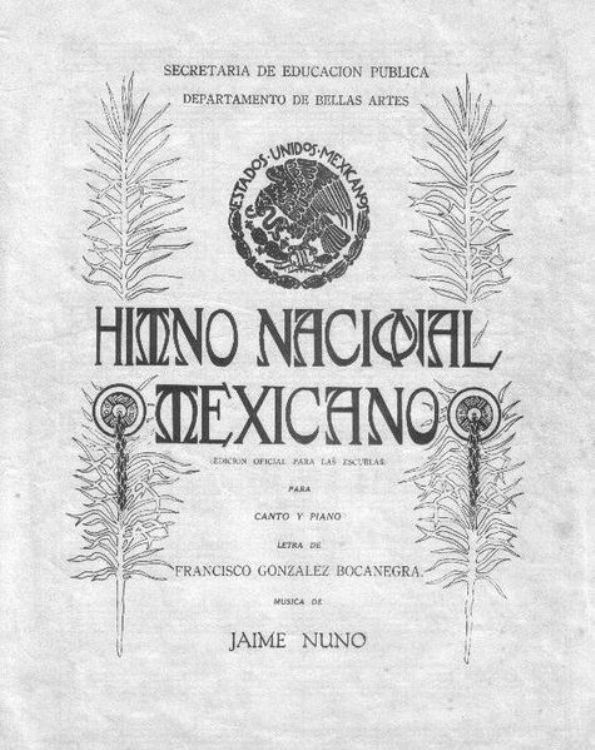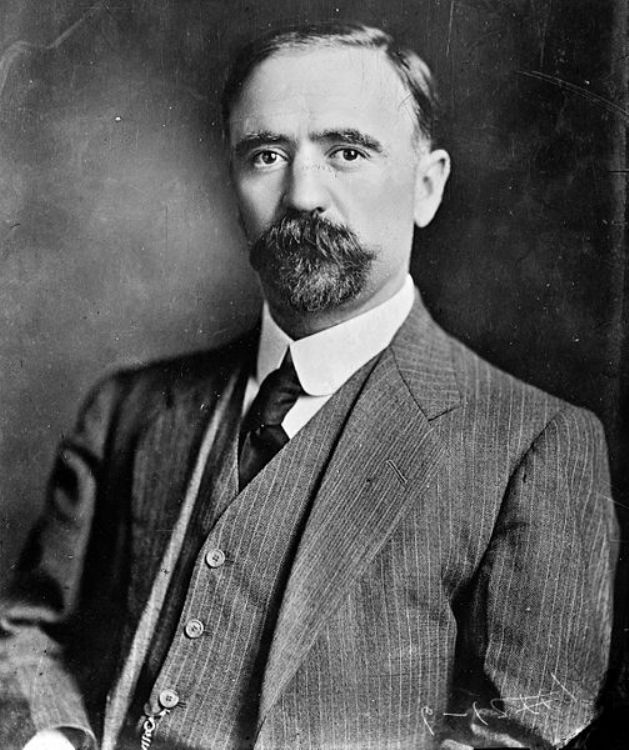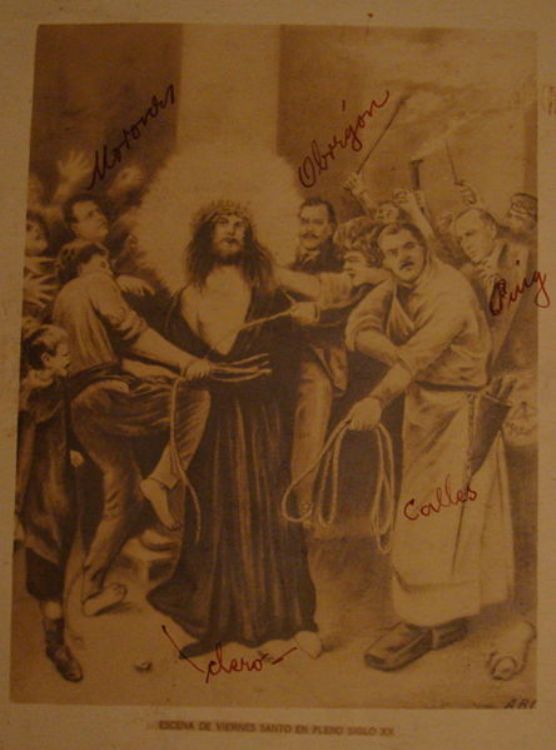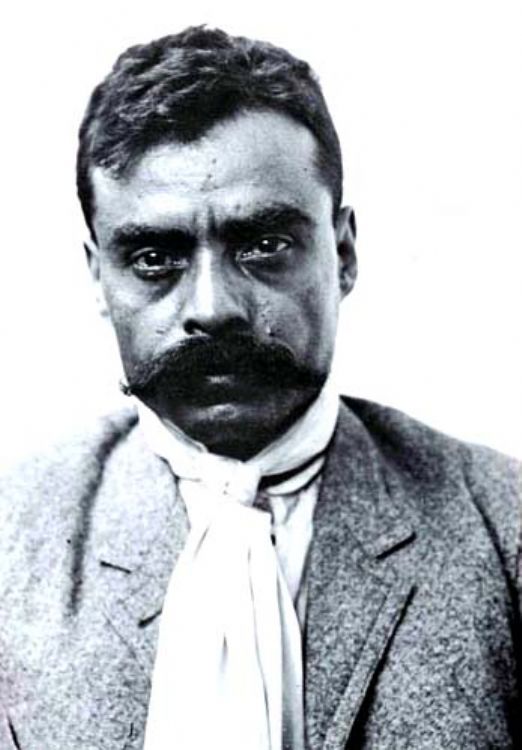Jorge Negrete
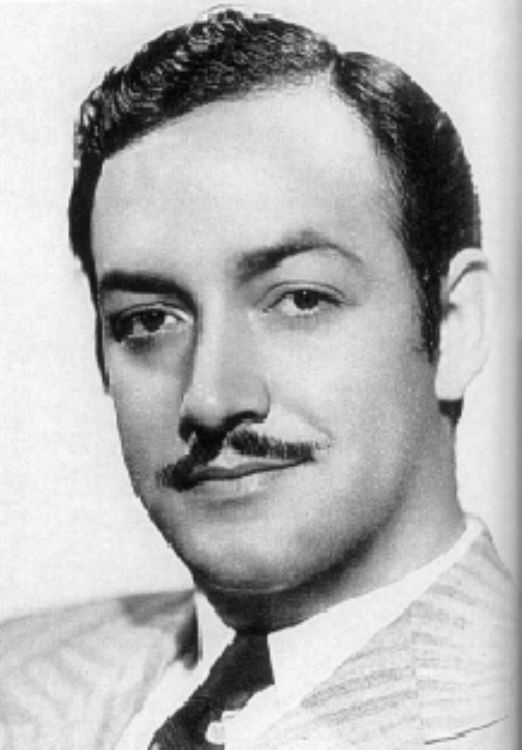
Jorge Negrete was born on November 30, 1911 in Guanajuato. The son of Colonel David Negrete and Emilia Moreno, he had five siblings. He descended from outstanding Mexican liberal military men, including Miguel Negrete, who participated in the Battle of Puebla in 1862 during the French invasion; Pedro Maria Anaya who defended Mexico during the United States invasion; and Pedro Moreno who is recognized for his participation in the War of Independence. His father trained in the Mexican Army but later fought against the government with the Northern Division during the Revolution.
Disappointed by the revolutionaries, Colonel David Negrete resigned from military life and worked as a teacher of mathematics at Colegio Aleman in Mexico City, where Jorge learned German, English and Italian.
Jorge Negrete enrolled in the Heroic Military School when he was 14 years of age and graduated with the highest scores of his generation. This is where he learned his great horseback riding skills, which later made him so notorious in his acting years.
He later studied Medicine and worked as general administrator at the Military Hospital of Puebla. According to legend, one day while following a beautiful woman, he casually walked into a singing school and after a trial enrolled in the academy of Master Jose Pierson, director of the Opera Company in Mexico.
In 1931 he debuted at Bellas Artes with the opera La Vida Breve and retired from the army to become fully dedicated to his singing career at radio station XETR. He then moved to New York where, hired by NBC, acted in theater plays. In 1937 and 1938 he filmed in Mexico the movies La madrina del diablo, Huapango, La Valentina, Caminos de ayer, Perjura, El Fanfarrón, Juan sin miedo, Juntos pero no revueltos and El cementerio de las águilas.
During the filming of La Valentina he met the actress and dancer Elisa Christy, to whom he married in March 1940 and had one daughter, Diana Negrete.
In 1941 the Rodriguez brothers gave him the leading role in the movie ¡Ay Jalisco, no te rajes!, turning him into the greatest artist of Latin America and where he met Gloria Marin, starting a notorious and controversial romance that lasted for ten years after his separation from Elisa. Jorge and Gloria became the eraâs romantic couple during the golden years of Mexican cinema, and acted together in many other movies.
During the 1930âs and 40âs, Mexico was searching for its identity, to represent the Mexican charro in movies was to incarnate the nationâs post-revolution personality, the rural man fighting against the oppressors. This movie expanded the fame of Jorge Negrete throughout Latin America as a sexual symbol in the stereotype of a joyful and fearless Mexican. He promoted the taste for the charro image, Mexican cinema and mariachi songs.
Despite having been criticized for the movie Teatro Apolo for being a Mexican interpreting this nostalgic homage to Zarzuela, Jorge Negrete received the award for Spainâs best actor in 1950.
In 1952 the movie Dos tipos de cuidado was directed by Ismael Rodriguez and starred by Pedro Infante and Jorge Negrete, this movie continues to be one of the most acclaimed in Mexican Cinema.
The popularity of Negrete would stop traffic anywhere he performed, causing collective hysteria among women and discontent among men. In Argentina he was received by an immense crowd but after singing âAdiós Pampa Míaâ at the Teatro Colón of Buenos Aires, his father died in Mexico; since then it is believed that singing this tango brings bad luck. During a trip to Cuba hired by a radio station, the police couldnât contain the crowd receiving him at the airport; a short while after he returned to perform benefit concerts in favor of those who had been hurt by a recent hurricane. In 1946 the country of Chile gave him a special award for his contributions in favor of poor children. In Spain, the collective hysteria that the presence of Jorge Negrete caused among women was of such magnitude that the press from the conservative regime of Francisco Franco attacked him, stating he had asked âAre there no other men in Spain?â provoking the spite of Spanish men.
His wedding to María Felix is known as âThe Wedding of the Century in Mexicoâ for the celebrities attending, including Diego Rivera, Frida Kahlo, Octavio Paz and great bullfighters.
Jorge Negrete died on December 5, 1953 in Los Angeles, California. His death was caused by the hepatitis C he had contracted during his youth. That day was declared of mourning nationwide and five minutes of silence were held.
Artículo Producido por el Equipo Editorial Explorando México.
Copyright Explorando México, Todos los Derechos Reservados.
Fotografía: Wikipedia.org

